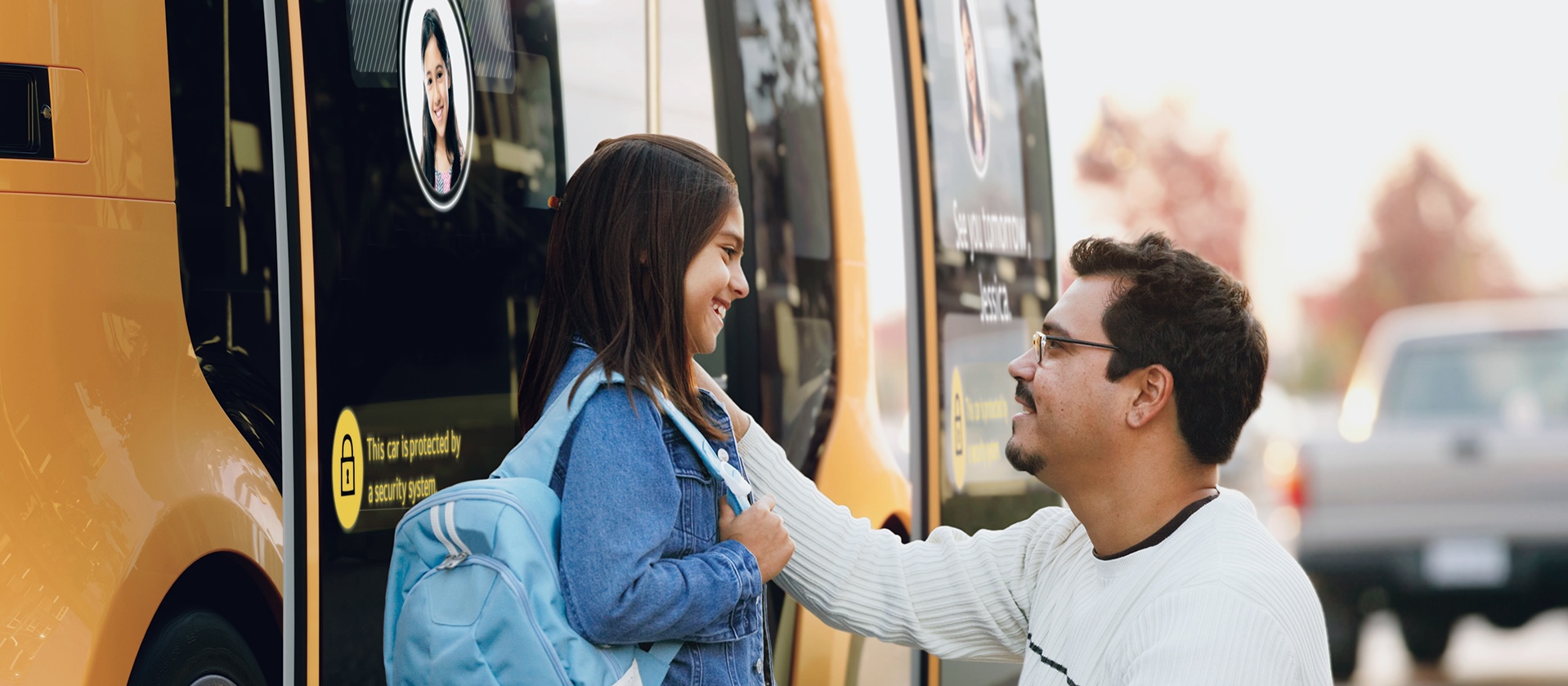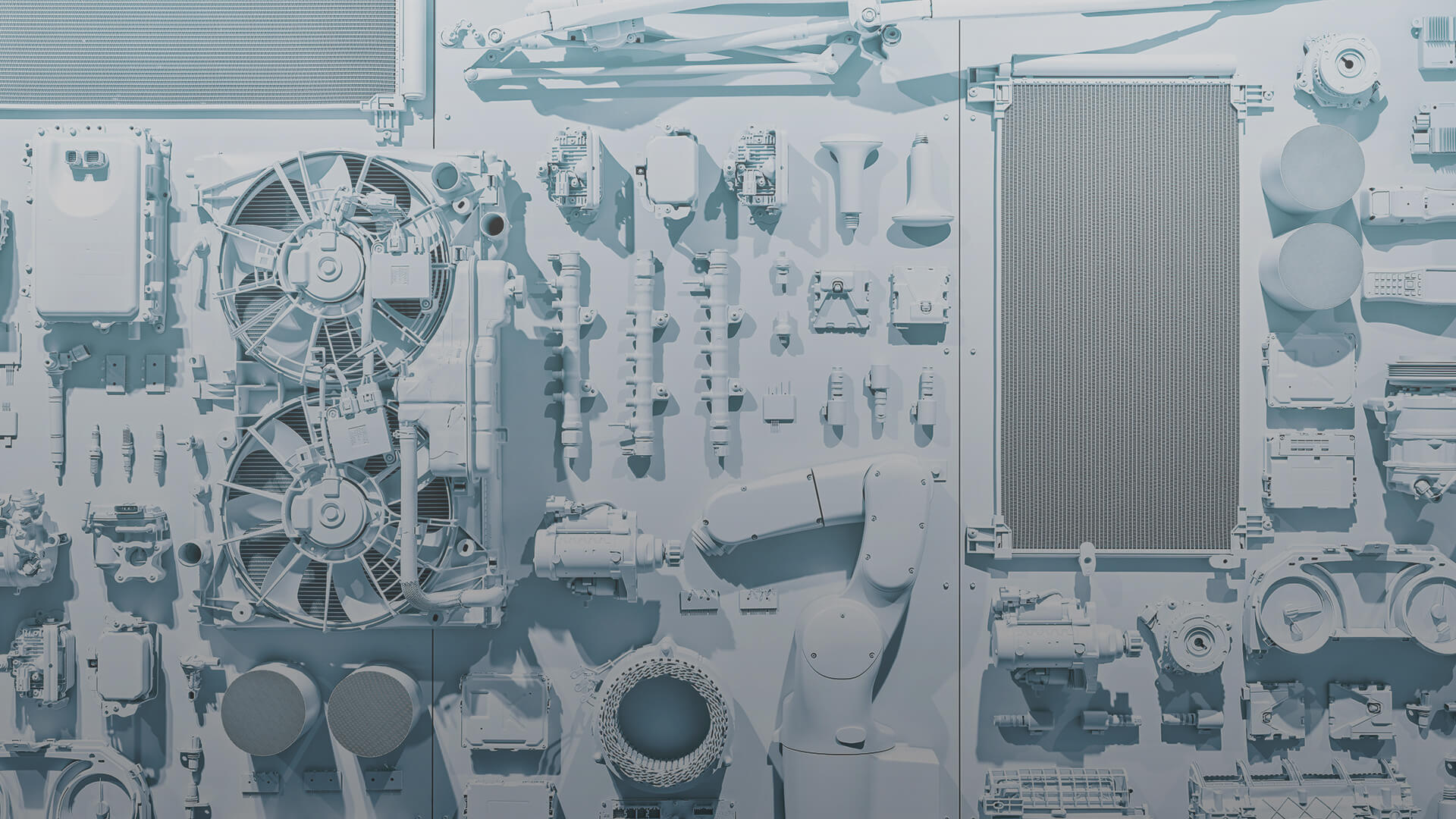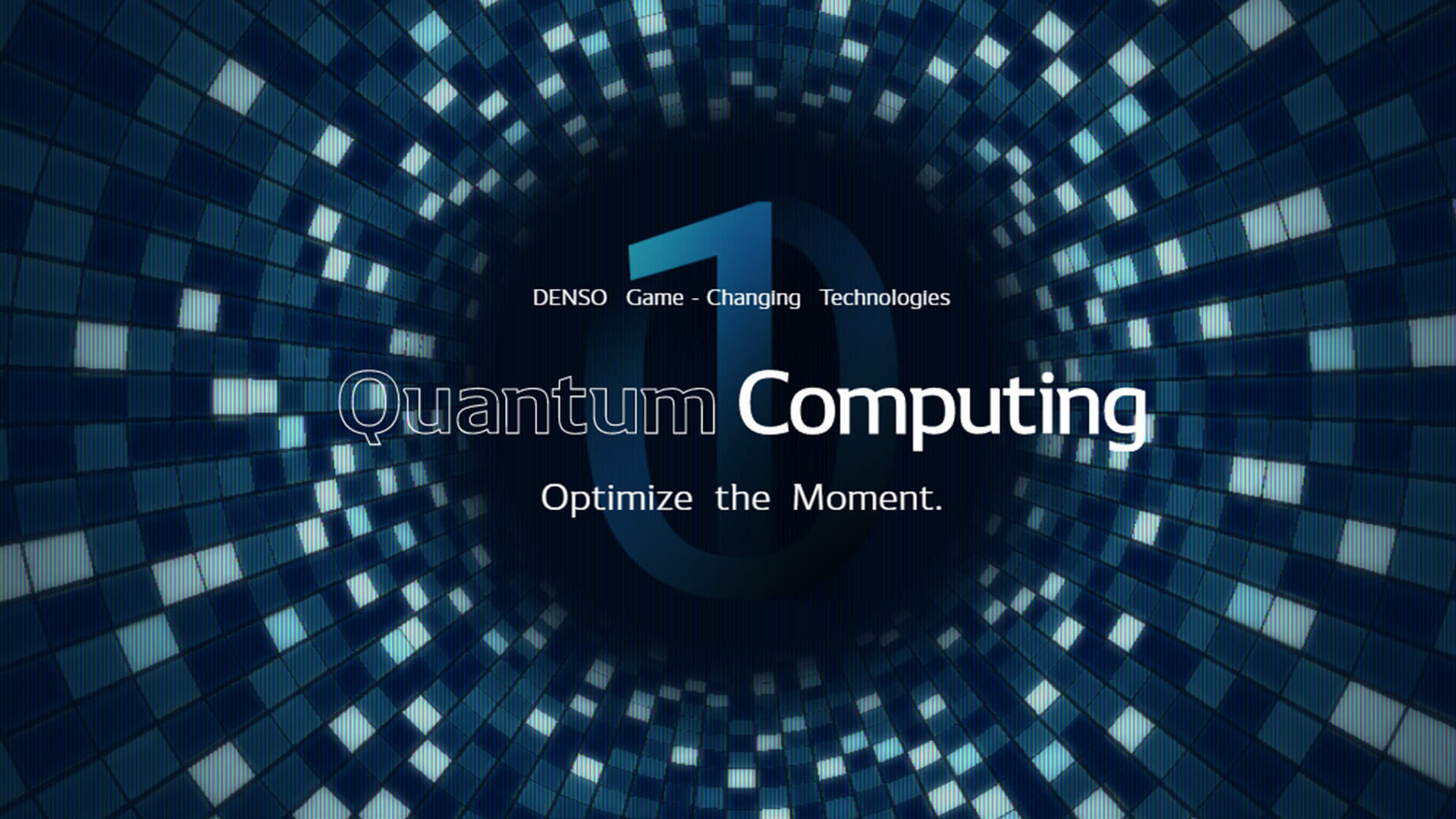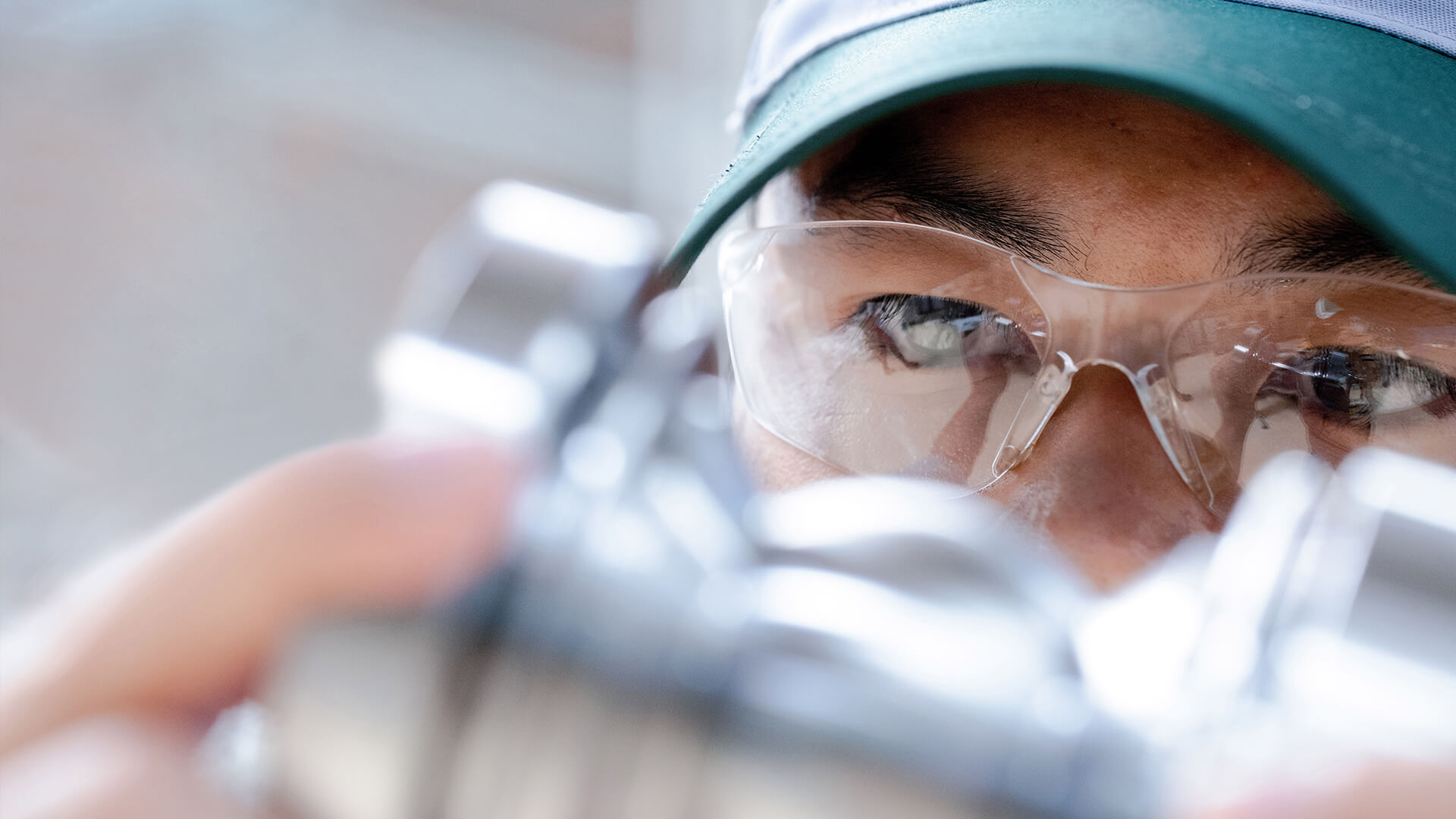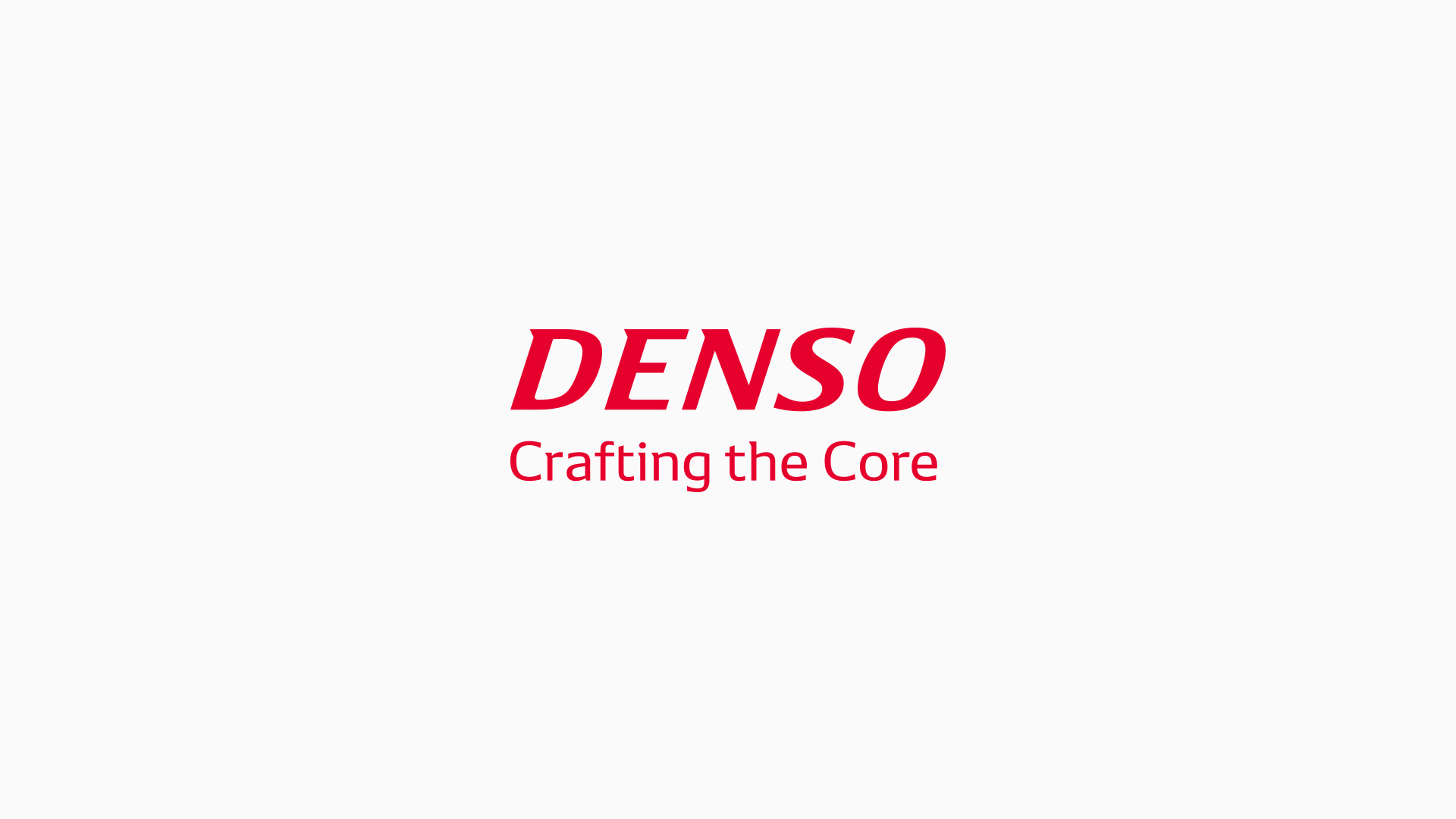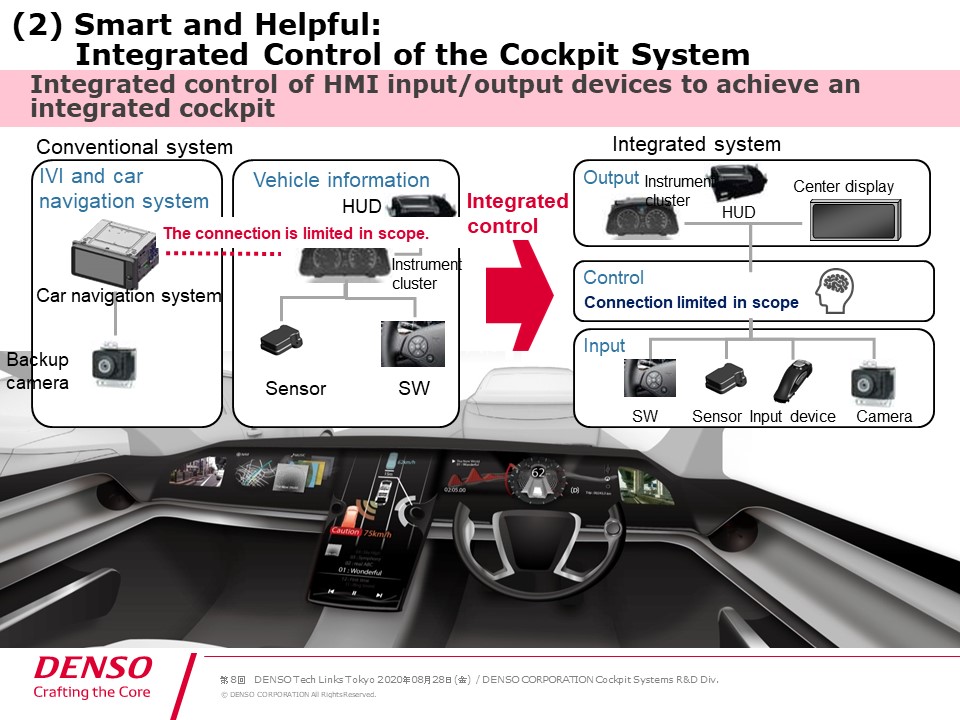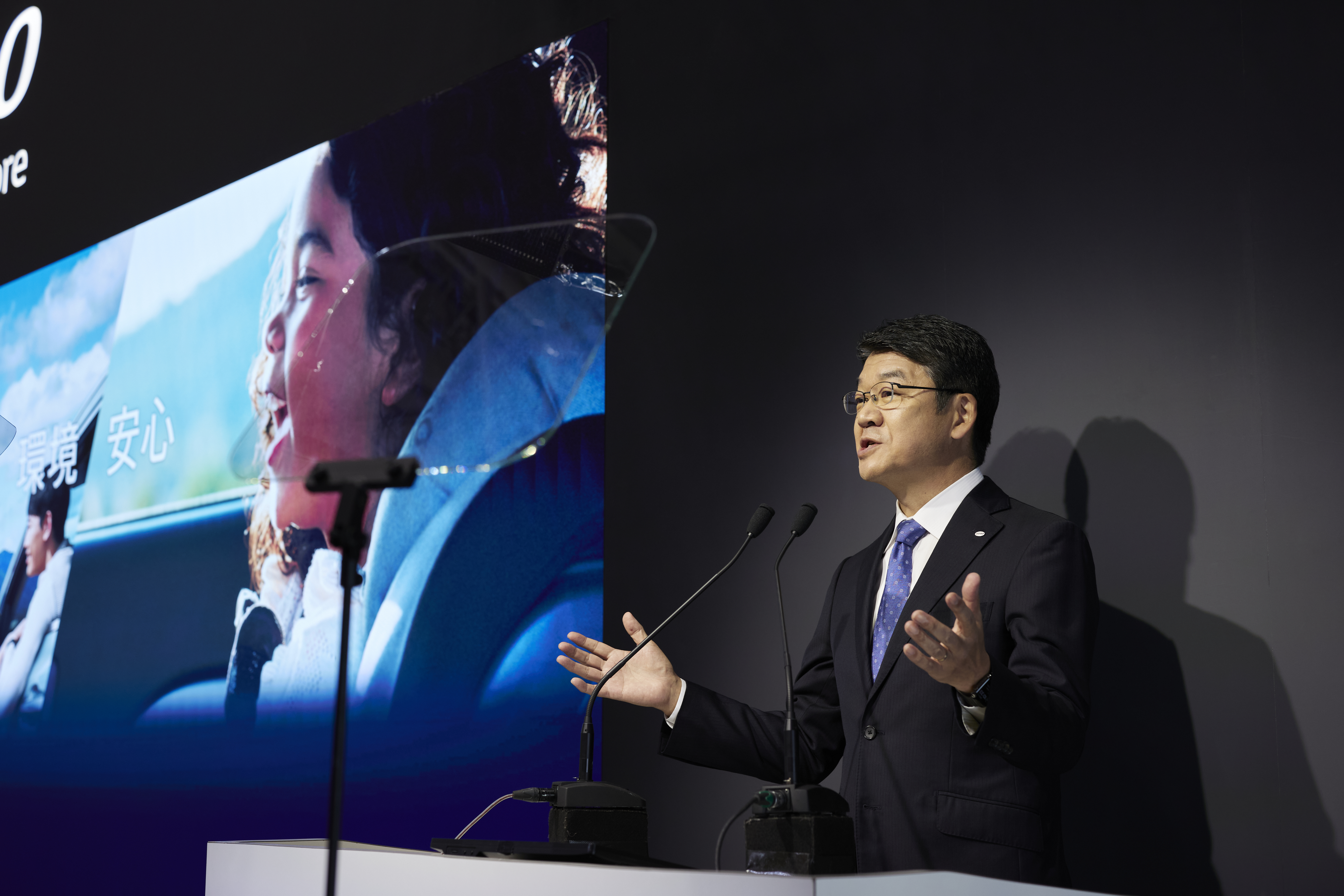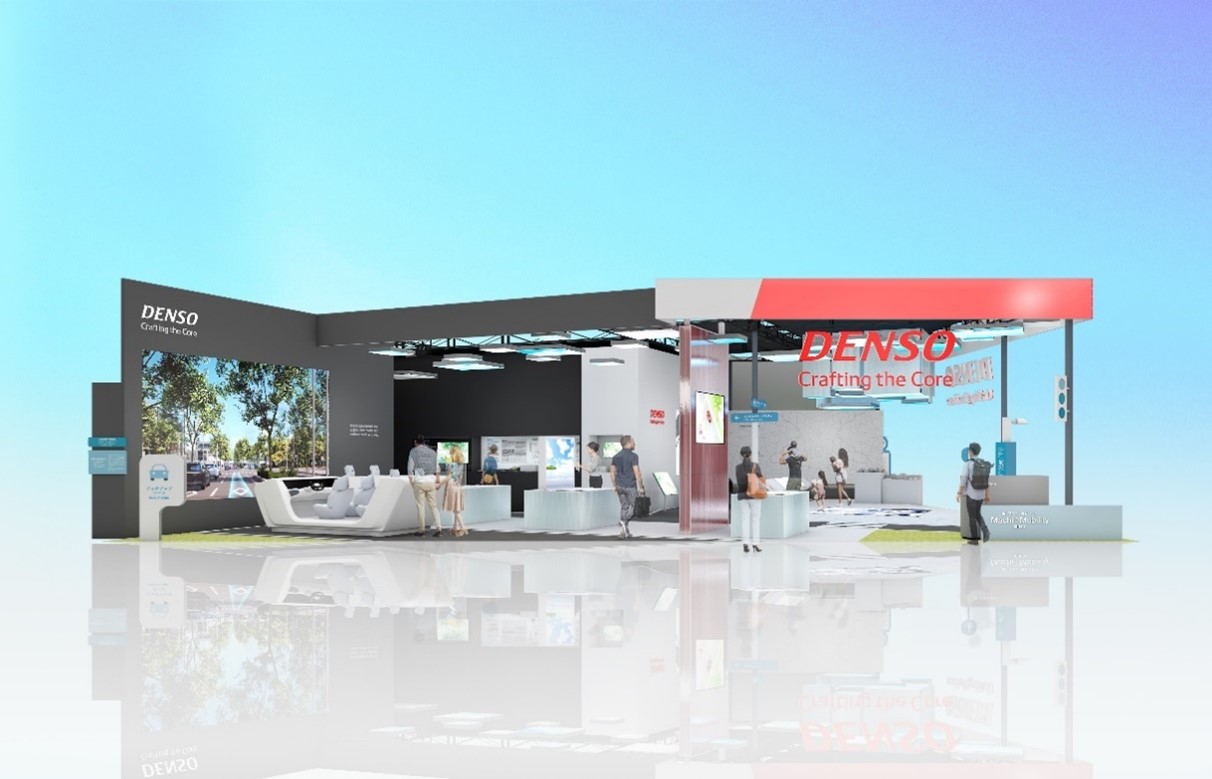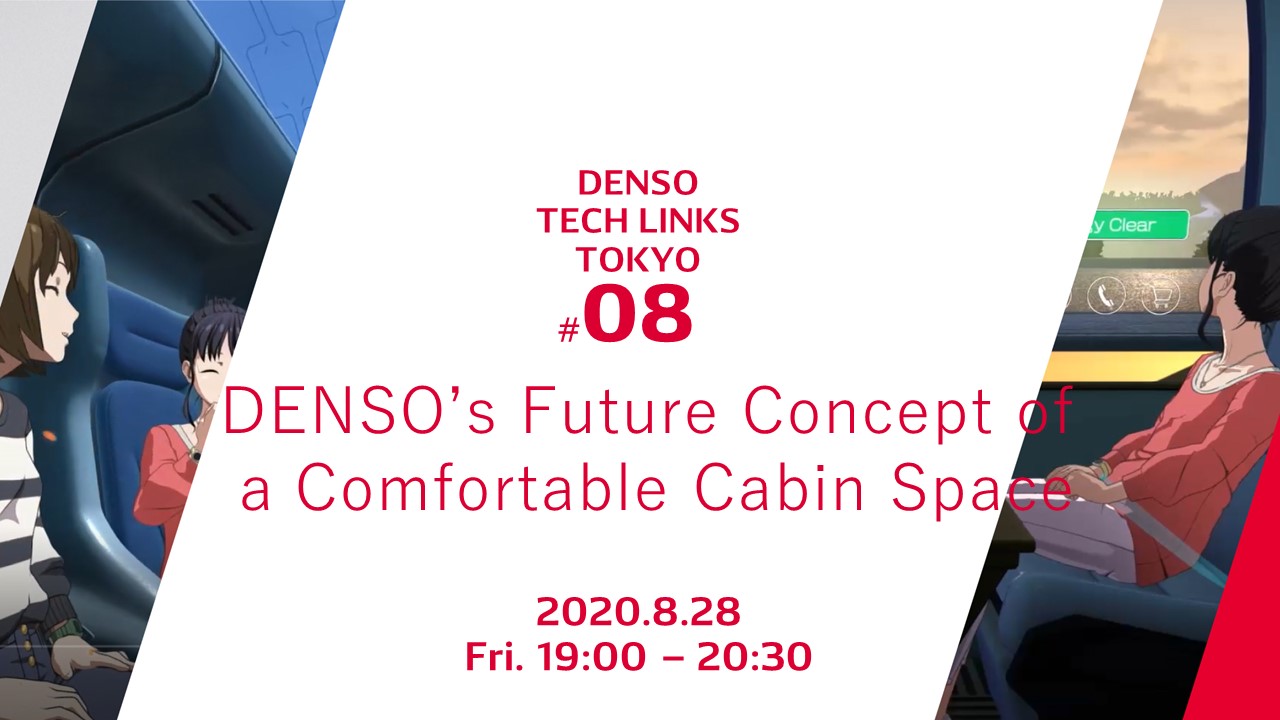
Creation of a Smart and Helpful Cockpit as a Driver–Vehicle Interface DENSO’s Vision of a Driver-friendly Cabin Space
DENSO Tech Links Tokyo is an event to introduce DENSO’s vision and efforts. In the eighth event, three employees gave online presentations to discuss the definition of a comfortable cabin space based on the theme of “DENSO’s Future Concept of a Comfortable Cabin Space.” Yuji Ota of the Cockpit Systems R&D Div. introduced technologies for achieving a comfortable cockpit in the future.
■Speakers
Yuji Ota
Project Assistant Manager, Development Planning Section 1, R&D Dept. 1, Cockpit Systems R&D Div., DENSO Corporation
Role of the Cockpit as a Driver–Vehicle Interface
Yuji Ota: I’m Yuji Ota of the Cockpit Systems R&D Div. I will talk about DENSO’s cockpit technologies and future developments.
The key point in developing the cockpit is to connect the driver with the vehicle environment. Namely, the cockpit must serve as a man–machine interface, or HMI for short, between the driver and the vehicle.
Specifically, the vehicle must inform the driver of its condition while moving. An HMI is used to provide such information, including speed and remaining gas, or remaining battery capacity in the case of a hybrid vehicle.
The driver drives the vehicle at will by performing various operations or switching the mode. An interface is required to convey the operation of switches and controls to the vehicle. An HMI helps enhance the mobility experience in connected cars and makes vehicles more convenient and comfortable.
We must design a cockpit so that the HMI is easy to use. We focus on two main points. First, the HMI must be innovative, highly visible, and vivid. Second, the HMI must be smart and helpful. Let me explain our innovative and smart features in more detail.
Concept of Functional Layout
An innovative, highly visible, and vivid HMI must be developed based on the concept of a functional layout. Human characteristics while driving are taken into account. The driver looks ahead, so the most important information is displayed near the line of sight. The entertainment information is placed on the center display because the driver does not need such information immediately.
Operation switches that the driver needs to access immediately while driving are arranged on the steering wheel, while the audio switches are placed away from the driver because they are not urgently required. In short, it is necessary to consider the driver’s line of sight for indication, and the range of movement for operation and indication.
The priority of information must also be determined. Urgent or important information is arranged in different areas. This is our concept of a functional layout. It is important to take human characteristics into account for the layout. Visibility and mountability are essential for in-vehicle displays.
Requirements of In-vehicle Displays
Next, let’s take a look at the requirements of in-vehicle displays.
It is necessary to consider mountability, visibility, and influence of the external environment. In modern cabins, the instrument panel and the area around the dashboard have a streamlined form. It must be possible to mount such displays to an instrument panel.
TV panels have evolved rapidly. Likewise, in-vehicle displays must be improved to present vivid images, be visible from various angles, and be made larger so that various kinds of information can be checked clearly. The vehicle must notify emergency information without delay.
The cabin environment is affected by external factors while the vehicle is moving. Visibility must be ensured even in the presence of external light and reflection.
In recent years, the cabin becomes extremely hot in summer. Displays must be designed to function effectively under such conditions. These requirements are summarized on the right side of this slide. They include high luminance, high contrast, a wide viewing angle to ensure visibility from various angles, high definition, larger screen size, smaller thickness, and a curved screen.
No matter how these technologies evolve, it is essential to maintain color reproducibility. Improvements must be made to avoid color shift. We must achieve in-vehicle mountability and reliability while minimizing the effect of external light, temperature, and severe environment.
Displays with High Image Quality Required for New Instrument Panel Designs
For the next-generation in-vehicle displays, we are developing free-form displays that fit into curved instrument panels. We aim to integrate them with the shape of the instrument panel and achieve appropriate indication and operation from the viewpoint of human characteristics. Based on the concept of a functional layout, we must ensure high visibility and easy operation to present information on free-form and curved displays.
To improve the image quality, we will use organic EL displays, which are currently popular, for in-vehicle applications. Organic EL displays produce a high contrast because black pixels do not emit light, making it possible to produce pure black. We are developing devices that show vivid images which seem to float in the air, or that help achieve futuristic designs.
Functionality of Head-up Display
Based on the concept of a functional layout, we are also developing a display device that enables the driver to recognize pedestrians instantaneously by indicating them in front of the line of sight and field of view while driving. This is a head-up display, or HUD for short. This figure shows how an HUD works while driving. The driver’s line of sight is beyond the windshield while driving, and the HUD projects information on the windshield.
As shown in this figure, information such as the speed and status around the vehicle is projected. An HUD can project such information near the line of sight of the driver. We are also developing an optical imaging technology to present information to the driver without using a display.
We are developing a next-generation head-up display which ensures quick and intuitive recognition, minimizes the driver disturbance, and helps eliminates carelessness and errors. It uses AR superimposition technology.
This is an example of superimposition. At an ETC toll gate on an expressway, the lane guidance information is superimposed on the actual view to guide the driver.
On urban roads, conventional car navigation systems provide guidance by giving instructions, such as turning at a specific intersection. However, it is difficult to judge exactly where to turn. We are developing a next-generation HUD that will superimpose the information on the actual view.
Integrated Control of the Cockpit System
Next, I will explain the integrated control to achieve a smart and helpful cockpit system. In the conventional system, the connection of the car navigation system and backup camera with the instrument cluster was limited in scope. We believe that it is necessary to share information to achieve integrated control. The figure on the right shows an integrated system. The system will become more helpful by connecting the input with the output using the HMI integrated control, which serves as the brain.
However, such integration poses challenges. The top row of this table shows the functions to be handled by the cockpit information system. “Smartphone linkage,” which is shown on the left, provides entertaining information which is irrelevant to driving. We call this “infotainment,” or “soft” information.
Meanwhile, the driver must be informed of “vehicle warnings,” which are shown on the right. We call this “hard” information. These two types of information must be displayed separately. The entertaining information is important from the viewpoint of user value. However, smartphones are being developed so quickly with new models released every year.
In contrast, warning indications in the cabin do not change each year. If the warning information is integrated with the entertaining information, the development cycle and process must be changed. To solve this problem, we use cutting-edge open information.
Specifically, “virtualization” technology is used to run two OSs on a single system, as shown in the figure on the lower right. One OS is used to indicate the vehicle information that must be notified to the driver, which we call “robust information.” The other OS is used to indicate the entertaining information from the car navigation system and smartphone linkage.
The virtualization technology makes it possible to develop the OS for robust information and the OS for open information separately. We can shorten the development cycle for open information and place top priority on quality for robust information.
Understanding the Driver
To achieve a smart and helpful HMI, it is necessary to understand the driver. We are developing an in-vehicle camera to alert the driver to hazards, such as distraction and eyelid closure, which will help make driving safer.
We believe that we can create a smart and helpful cockpit by using input devices, such as cameras and switches, and integrated control, which serves as the brain. To understand the driver by sensing, the HMI must receive the driver’s decision to gather information based on the input from a touch panel, line of sight captured by a camera, and operation by the driver and then conduct an analysis.
To achieve this goal, we are developing an inference engine, which is similar to AI technology, to analyze the driver’s past judgments and the current status and predict the future developments based on the input information.
A Helpful HMI
We want to create a new cabin environment by using a helpful HMI, so we will develop an HMI that understands the speech and context of the driver and occupants as well as the status in and outside the vehicle, and that estimates the driver’s intention and emotion. This will enable the vehicle to learn and adapt to the driver’s preferences, and communicate with the driver in a futuristic manner.
Appropriate communication will depend on the situation. For example, an HMI may say “Welcome back,” read the situation and present information at a timing without disturbing the occupants’ conversation during automated driving, make suggestions in response to the driver’s thinking, propose “How about refueling the car?” if not much fuel remains when setting off, or ask “Are you hungry” before noon if all the occupants are awake.
We want to create a helpful HMI that understands the driver in the cockpit of the future.
Creating New Value through Collaboration across Business Units
DENSO has various departments. In this project, the thermal systems division, where Mr. Matsuoka and Mr. Yagi work, collaborates with the cockpit systems division, where I work, to develop HMIs. We will create new value through such collaboration across the business units in DENSO.
The cockpits of the future will feature a wide field of view and a large foot space. Futuristic and innovative display devices will also be incorporated. We will create a relaxing space for the era of automated driving when the driver no longer has to drive the vehicle. The HMI will be actuated by checking the status of the driver.
Meanwhile, we are working on developing an air flow that can be controlled flexibly. The air flow will be determined based on the presence and positions of occupants. The air quality in the cabin will also be optimized depending on the situation.
The brain that connects the driver with the vehicle will become smart and provide information for air control. The quality and quantity of air will be controlled to create a comfortable cabin space. This is how we are trying to develop the cabin of the future. Thank you very much.






